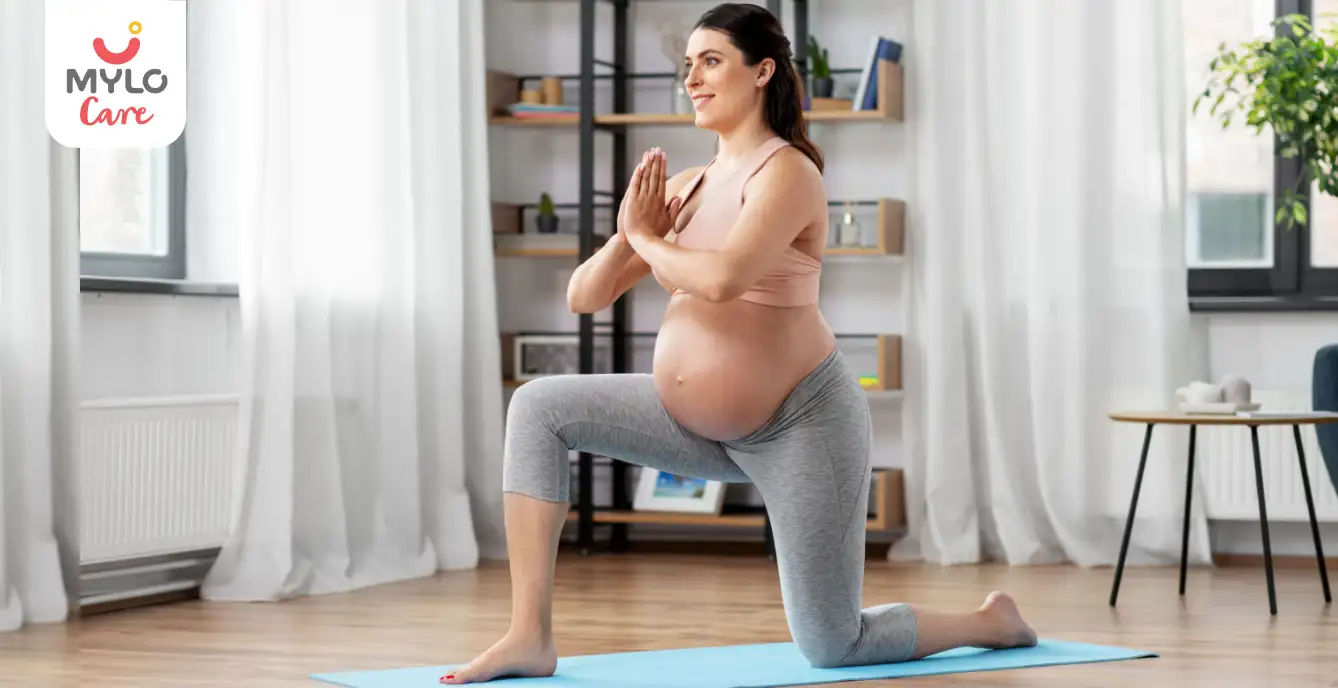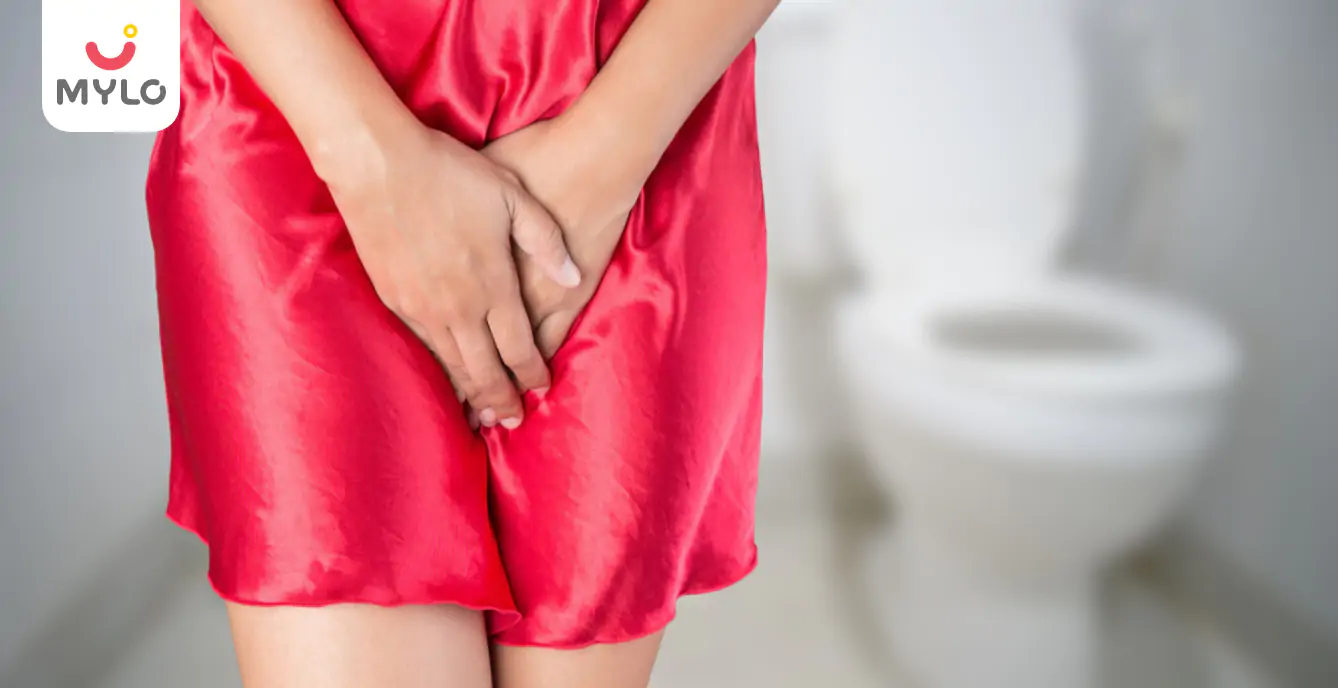Home

Tips For Normal Delivery

Essential Tips for Normal Delivery After Cesarean
In this Article

Tips For Normal Delivery
Essential Tips for Normal Delivery After Cesarean
Updated on 23 November 2023
Bringing a child into the world is a miraculous journey, and for some mothers, it involves overcoming the challenges of a previous Cesarean section. The question on many expectant mothers' minds is: Is vaginal delivery after C section even possible? In this article, we will explore the factors influencing the possibility of normal delivery after a C section, the benefits it offers, and essential tips for normal delivery after cesarean.
Is Normal Delivery Possible After C section?
One of the most common concerns for women who have undergone a C section in the past is whether they can opt for a normal delivery in subsequent pregnancies. The good news is that, in many cases, vaginal delivery after a Cesarean section is not only possible but also encouraged. However, the feasibility of this choice depends on various factors.
Factors Affecting the Possibility of Vaginal Delivery After C section
Here are some factors that may affect the likelihood of vaginal delivery after a cesarean section:
1. Type of Cesarean Section
The type of C section performed in the previous delivery plays a crucial role. A low transverse incision is more favorable for a subsequent vaginal birth compared to other types of incisions.
2. Reason for Previous C section
The reason behind the previous Cesarean greatly influences the chances of a normal delivery. Conditions such as breech presentation or fetal distress may have different implications.
3. Number of Previous C sections
The number of previous Cesarean sections can impact the feasibility of a vaginal delivery. Generally, the risk of complications increases with multiple C sections.
4. Interval Between Pregnancies
The time gap between pregnancies is a significant factor. A longer interval allows for better healing of the uterus and increases the likelihood of a successful vaginal birth.
5. Maternal Age and Health
The overall health of the mother, including age and any existing health conditions, can affect the decision for a normal delivery after a C section.
6. Fetal Position
The baby's position in the womb is crucial. A head-down position increases the chances of a successful vaginal birth.
7. Healthcare Provider's Expertise
The experience and expertise of the healthcare provider attending the delivery play a crucial role. A skilled and supportive healthcare team can significantly improve the chances of a successful normal delivery after a C section.
What are the Benefits of Normal Delivery After C section?
The reason why many expecting mothers want to know is normal delivery possible after C section is the number of benefits it offers. The key advantages include:
1. Shorter Recovery Time
Vaginal delivery typically involves a quicker recovery period compared to C sections, allowing mothers to resume their normal activities sooner.
2. Lower Infection Risk
Vaginal deliveries generally pose a lower risk of infection compared to surgical procedures like C sections.
3. Bonding and Breastfeeding
The natural birthing process often facilitates immediate skin-to-skin contact and promotes early breastfeeding, fostering a strong bond between the mother and baby.
4. Reduced Respiratory Issues for the Baby
Babies born through vaginal delivery may have fewer respiratory issues compared to those delivered via C section, as the process helps clear fluid from the baby's lungs.
5. Potential for Future Vaginal Deliveries
Successfully delivering vaginally after a C section may increase the likelihood of having future vaginal deliveries if the mother decides to expand her family.
6. Emotional Well-being
Achieving a vaginal birth after a Cesarean can be emotionally fulfilling, boosting a mother's confidence and sense of accomplishment.
7. Avoiding Surgical Risks
Vaginal deliveries generally carry fewer surgical risks than C sections, making it a preferred option when feasible.
You may also like: Normal Delivery Tips: An Expecting Mother's Guide to a Smooth Childbirth Experience
10 Tips for Normal Delivery After Cesarean
Now, let us understand some effective tips and strategies that can help increase your chances of normal delivery after C section:
1. Consult with Your Healthcare Provider Early
Discuss your desire for a vaginal birth early in your pregnancy to allow for comprehensive planning and monitoring. They can assess your medical history, the reason for the previous C-section, and other relevant factors to determine your candidacy for a VBAC.
2. Maintain a Healthy Lifestyle
Focus on a balanced diet, regular exercise, and proper prenatal care to ensure optimal health for both you and your baby. Attend regular prenatal check-ups to monitor the progress of the pregnancy and address any emerging concerns promptly.
3. Consider a Trial of Labor (TOLAC)
Depending on your medical history, your healthcare provider may suggest a Trial of Labor After Cesarean (TOLAC) to assess your suitability for a vaginal birth.
4. Appropriate Fetal Positioning
Encourage and adopt positions that promote optimal fetal positioning, such as hands-and-knees, squatting, or using a birthing ball. These positions can facilitate the baby's descent through the birth canal.
5. Labor Induction or Augmentation
In some cases, healthcare providers may use medications or procedures to induce or augment labor. This can help initiate or enhance contractions, promoting progress towards a vaginal birth.
6. Exercise Regimen
Engaging in specific exercises and physical activities during pregnancy may help increase the chances of successful vaginal delivery after a previous C-section. These include pelvic floor exercises (Kegels), squats, walking, butterfly stretches and pelvic tilts.
7. Perineal Massage
Perineal massage is a technique that involves gently massaging and stretching the tissues of the perineum, which is the area between the vagina and the anus. It can help increase flexibility and elasticity of the perineal tissues and reduce the risk of tearing during childbirth.
8. Prenatal Yoga
Yoga promotes flexibility, balance, and relaxation. Prenatal yoga classes often include poses that help prepare the body for childbirth. You can Attend a prenatal yoga class or follow a guided prenatal yoga routine. Emphasize poses that focus on hip opening and pelvic floor relaxation.
9. Choose a Birth Environment Comfortable for You
Opt for a birthing environment that aligns with your preferences, whether it's a hospital, birthing center, or home birth.
10. Stay Flexible
Understand that birth plans may need to be adjusted based on the progression of labor and any unforeseen circumstances. Plan for postpartum care to ensure a smooth recovery. This includes proper rest, nutrition, and emotional support.
Key Takeaways
In conclusion, achieving a normal delivery after a Cesarean is not only possible but can offer numerous benefits for both the mother and the baby. Understanding the factors influencing the feasibility, being aware of the potential risks and benefits, and following essential tips for normal delivery after cesarean. Consult closely with your healthcare provider, stay informed, and embrace the journey of bringing new life into the world with confidence and empowerment.
References
1. Wu Y, Kataria Y, Wang Z, Ming WK, Ellervik C. (2019). Factors associated with successful vaginal birth after a cesarean section: a systematic review and meta-analysis. BMC Pregnancy Childbirth.
2. Wingert A, Hartling L, Sebastianski M, Johnson C, Featherstone R, Vandermeer B, Wilson RD. (2019). Clinical interventions that influence vaginal birth after cesarean delivery rates: Systematic Review & Meta-Analysis. BMC Pregnancy Childbirth.
3. Reif P, Brezinka C, Fischer T, Husslein P, Lang U, Ramoni A, Zeisler H, Klaritsch P. (2016). Labour and Childbirth After Previous Caesarean Section: Recommendations of the Austrian Society of Obstetrics and Gynaecology (OEGGG). Geburtshilfe Frauenheilkd.



Written by
Anupama Chadha
Anupama Chadha, born and raised in Delhi is a content writer who has written extensively for industries such as HR, Healthcare, Finance, Retail and Tech.
Read MoreGet baby's diet chart, and growth tips

Related Articles
Related Questions
Influenza and boostrix injection kisiko laga hai kya 8 month pregnancy me and q lagta hai ye plz reply me

Hai.... My last period was in feb 24. I tested in 40 th day morning 3:30 .. That is faint line .. I conculed mylo thz app also.... And I asked tha dr wait for 3 to 5 days ... Im also waiting ... Then I test today 4:15 test is sooooo faint ... And I feel in ma body no pregnancy symptoms. What can I do .

Baby kicks KB Marta hai Plz tell mi

PCOD kya hota hai

How to detect pcos

Related Topics
RECENTLY PUBLISHED ARTICLES
our most recent articles

Diet & Nutrition
Crab During Pregnancy: Benefits, Risks and Smart Choices

Tips For Normal Delivery
Normal Delivery Tips: An Expecting Mother's Guide to a Smooth Childbirth Experience

Stories
Top 10 Panchatantra Stories in English You Must Read to Your Children

Health & Wellness
What Helps in Improving Mental Health of Women

Medications
Childhood Disorders: Meaning, Symptoms & Treatment

Vaginal Bleeding
Bleeding During Pregnancy 8 Weeks: Should You See a Doctor?
- The Ultimate Guide to Having Sex After C Section
- The Ultimate Guide to Baby Brain Development Food During Pregnancy
- Nappy Rash: Your Ultimate Guide to Symptoms and Quick Relief
- How to Get Periods Immediately to Avoid Pregnancy?
- Loss of Appetite During Pregnancy: Causes and Solutions
- How to Increase Newborn Baby Weight: Expert Tips and Tricks
- Fertisure M: The Comprehensive Solution to Male Infertility and Reproductive Health
- All You Need to Know About the New COVID Variant: Pirola
- Endometrial Polyp and Pregnancy: How Uterine Polyps Can Affect Your Chances of Conception
- How to Stop Heavy Bleeding During Periods: Home Remedies (Part 2)
- How Many Times Should You Have Sex to Get Pregnant?
- A Guide to Planning the Perfect Godh Bharai for the Mom-to-Be
- Your Complete Guide to Spinal Anesthesia: From Preparation to Recovery
- Custard Apple During Pregnancy: Benefits & Risks


AWARDS AND RECOGNITION

Mylo wins Forbes D2C Disruptor award

Mylo wins The Economic Times Promising Brands 2022
AS SEEN IN
















- Mylo Care: Effective and science-backed personal care and wellness solutions for a joyful you.
- Mylo Baby: Science-backed, gentle and effective personal care & hygiene range for your little one.
- Mylo Community: Trusted and empathetic community of 10mn+ parents and experts.
Product Categories
baby carrier | baby soap | baby wipes | stretch marks cream | baby cream | baby shampoo | baby massage oil | baby hair oil | stretch marks oil | baby body wash | baby powder | baby lotion | diaper rash cream | newborn diapers | teether | baby kajal | baby diapers | cloth diapers |








